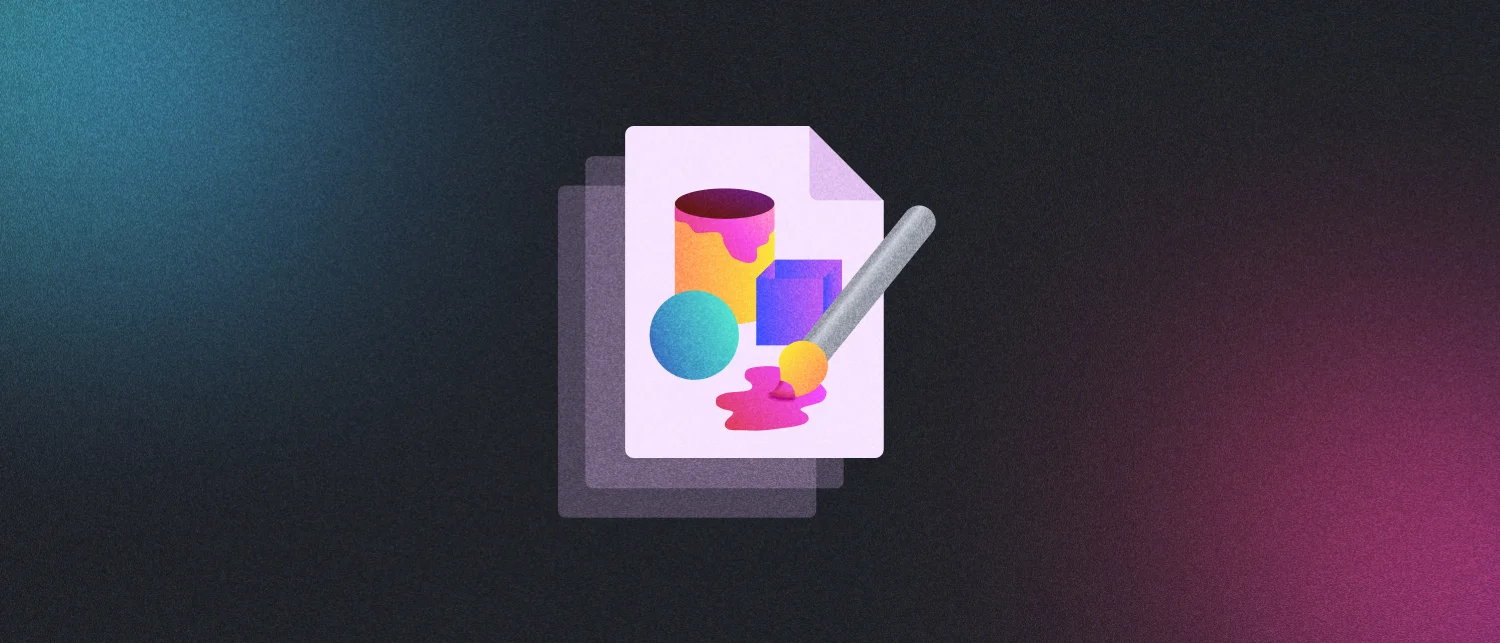Revolutionizing Ticketing: Sealdah Station QR Code System
Introduction
In a bid to modernize the ticketing system and enhance passenger convenience, Kolkata Metro has introduced a paper-based QR code ticketing system. This innovative approach, which began its trial phase at Sealdah metro station on October 11, 2023, promises to streamline the commuting experience for thousands of daily passengers.
The Genesis of the QR Code System
The new QR code system has been meticulously developed by the Center for Railway Information Systems (CRIS). This initiative is part of a broader effort to upgrade all AFC-PC (Automatic Fare Collection-Portable Computer) gates across various metro stations along the Green Line. The Sealdah station, a crucial node on the Kolkata Metro Green Line, is the first to pilot this system.
Why Sealdah Station?
Sealdah metro station, located on the East-West Metro corridor, serves as a vital link connecting Salt Lake Sector V and Sealdah. Given its strategic importance and high passenger traffic, it was the ideal choice for launching the QR code ticketing system.
How the QR Code-Based Ticket System Works
Passengers traveling through the East-West metro line can now purchase non-refundable QR-based paper tickets from the counter at Sealdah metro station. Here’s a step-by-step breakdown of how the system operates:
- Purchase: Obtain a QR-based paper ticket from the counter.
- Time Window: You have a 60-minute window to enter the metro system from the time the ticket is issued.
- Entry Point: Entry is permitted only from the station where the ticket was issued.
- Invalidation: If you do not enter within the 60-minute timeframe, the ticket becomes invalid, and no refund is provided.
- Early Exit: If you need to exit before reaching your destination, you must obtain a free exit ticket to access the AFC gate.
The Future of Ticketing
Once the trial phase proves successful, the QR code system will be extended to the entire East-West corridor. This move is expected to eventually replace the existing token system, making the ticketing process more efficient and user-friendly.
Comparative Insights: Delhi Metro’s QR Code System
Interestingly, Kolkata Metro is not the first to adopt this technology. In May 2023, the Delhi Metro Rail Corporation (DMRC) introduced a QR code-based paper ticket system across all its lines. This initiative has provided valuable insights and a framework for Kolkata Metro to follow.
Benefits of the QR Code System
- Convenience: No more waiting in long queues for tokens.
- Efficiency: Faster entry and exit through AFC gates.
- Environmentally Friendly: Reduces the need for plastic tokens.
- Security: Minimizes the risk of ticket fraud.
Challenges and Considerations
While the QR code system offers numerous benefits, it also comes with its set of challenges:
- Technical Glitches: Initial teething problems with the new technology.
- Passenger Adaptation: Educating passengers on how to use the new system.
- Infrastructure Upgrade: Ensuring all AFC gates are compatible with QR code scanning.
Conclusion
The introduction of the QR code ticketing system at Sealdah metro station marks a significant step towards modernizing Kolkata Metro’s operations. As the trial phase progresses, it will be interesting to see how passengers adapt to this new system and how it transforms the overall commuting experience. With the potential to extend across the entire East-West corridor, the QR code system is poised to revolutionize metro travel in Kolkata.
Got any questions or points of view on our article? We would love to hear from you. Write to our Editor-in-Chief Rajat Piplewar at [email protected].
